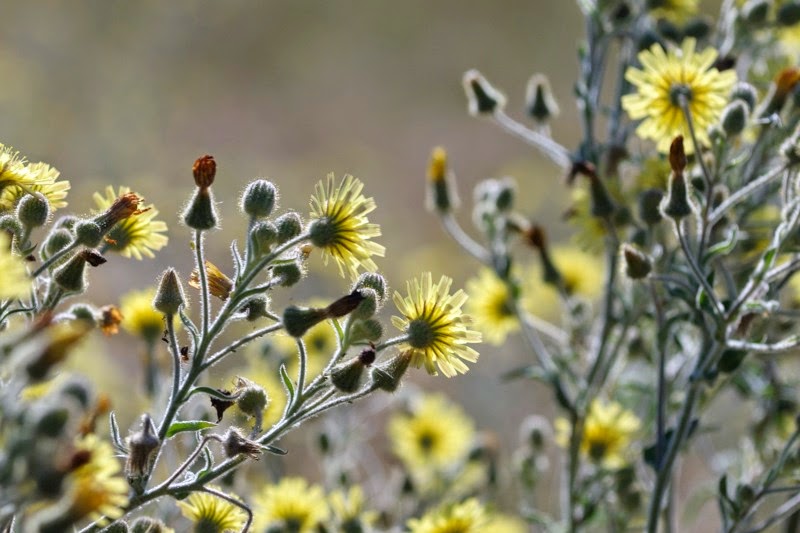Every Oak species has its own preferences concerning kind of soil and humidity. In Perigord dry limestone soils and deeper and more humid clay soils are often found side by side, so different kinds of Oaks are often neighbours.
This one is unquestionably a young Pubescent Oak (Quercus pubescens).
The photograph is taken yesterday in the first frost of this winter, on the edge of a wood on limestone soil. It still has living leaves, which is normal for a young tree, especially in a warm and sunny autumn as this year's. Moreover, Pubescent Oaks often keep dead leaves on their branches. The undulated leaves with ear-like lobes at their base are specific for this kind of Oak.
Here below are, among chestnut-leaves, oak-leaves with long lobes and deep incisions. They are fallen from a big Pyrenean Oak (Quercus pyrenaica). It grows ond the same acid soils as the Chestnut and does not like at all calcareous soils.
The Pyrenean Oak is easy to identify because of its leaves. They are deeply indented and often rather big, like the one in the right hand upper corner. Also the leaves are downy, but this you cannot see any longer on the fallen leaves.
The leaves here below have fallen on a deep clayey soil. It looks as if there are more than one species. Pubescent Oak but also leaves that look somehow different. They could be from a Sessile Oak (Quercus petraea).
This Oak you don't find often in Perigord. It has rather long and regularly shaped leaves that are cuneiform at their base, pedunculated. And yes, in the wood there are some big oaks with trunks that continue until high into the slender crown, typical for this species. Not easy to say with oaks, they hybridize easily between each other and there is a lot of variation.


















































